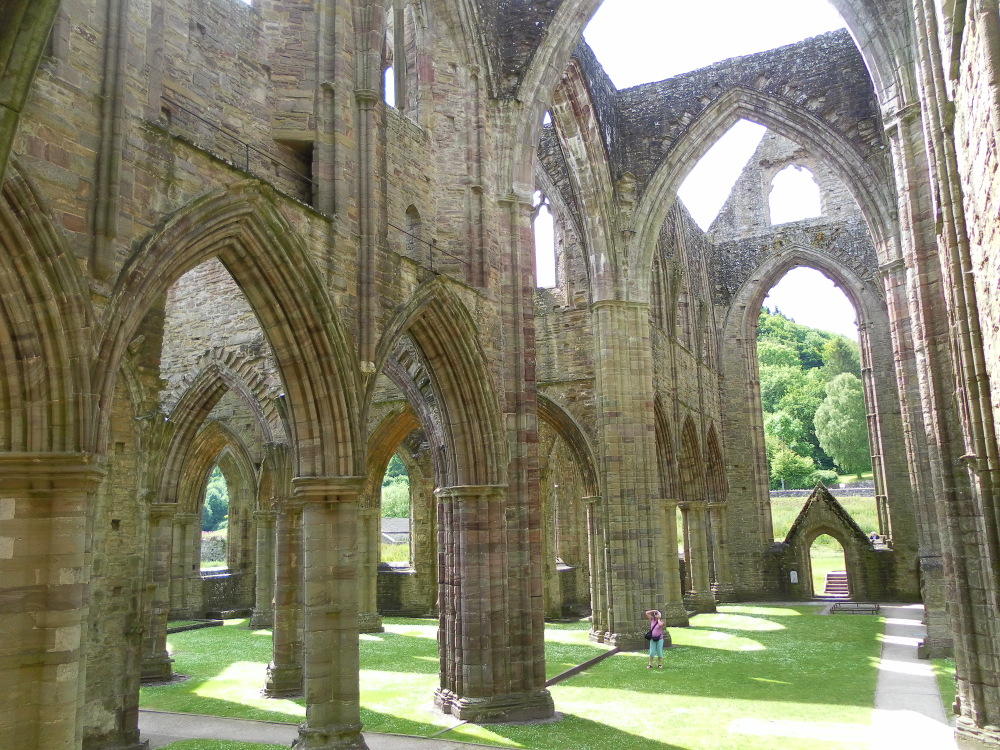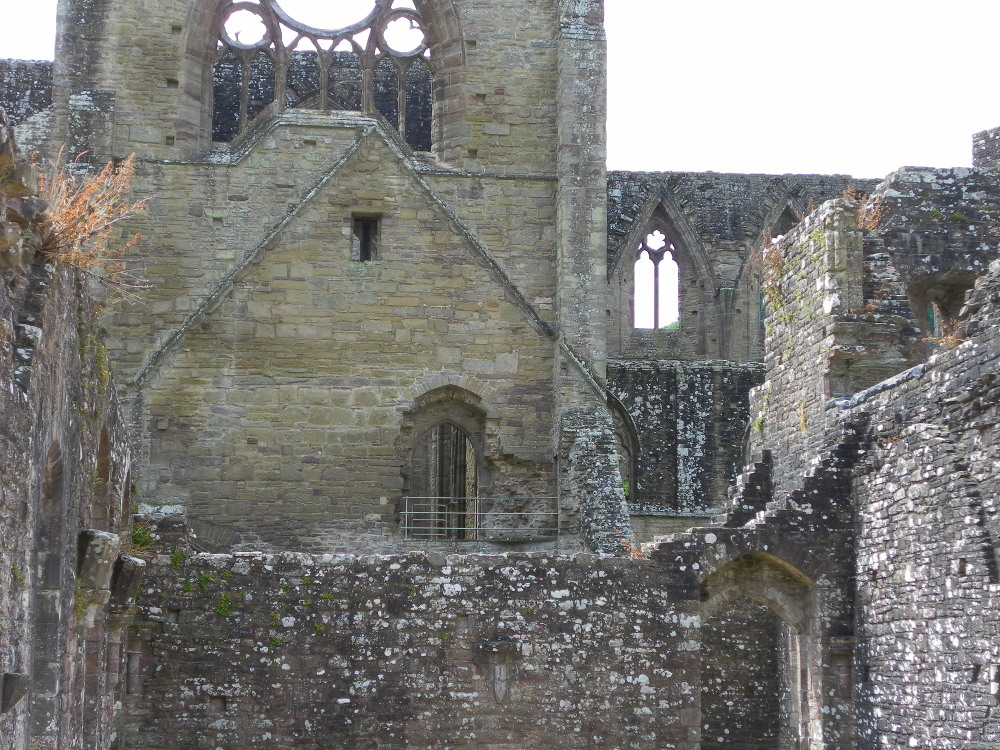Ruins
The more I age, the more my interest in history grows. Perhaps because I’m slowly becoming a historical artefact myself. I find reading about history relaxing, even if it’s about wars, famines, massacres, outbreaks of infectious disease and such. The reason is that it’s all happened already. The words have been written, the ink has dried, and we know humankind somehow pulled it off. You can’t tell the same when watching the news, can you?
Another reason I find history fascinating is because it’s a constant struggle to preserve the memory of places, events and people. There are men and women whose memory survives only because their names, and maybe something about their life or a notable event they were involved in, were written on a scrap of parchment that survived until today. A few faded words may be all that remains of someone who lived, laughed, loved, had dreams and hopes.
And such memories disappear all the time. All it takes is a fire, an earthquake, or the deliberate actions of those wanting to erase all traces of another ethnicity, culture or religion, and more of our tenuous liks to the past are severed. That’s why, whenever I encounter remains from bygone ages during my walks, I feel the need to stand in awe, for at least a few minutes, and spare a thought for the people who were related to that place.
A particularly spectacular example is Tintern Abbey in Wales, which I visited while walking the first stretch of Offa’s Dyke Path. When walking nortwards, you follow a shady path completely enclosed by trees, until suddenly a gap opens to your left and you can see the abbey ruins in the distance, far below.

This picture shows the so-called Devil’s Pulpit. From this rock, legends tell, the Devil preached to the monks of the abbey, trying to sway them from their religious life. His efforts were in vain.
I always wondered what would have become of the abbey had the Devil succeeded. It probably would have been converted to luxury flats.
If you clamber down the hill and cross the Wye river, you can wander amid the ruins.

I always find it poignant how open spaces such as these were once halls and chambers where people led their lives. Intimate details of daily life, such as fireplaces to keep warm and ovens to cook food, are now exposed to the elements.

For example, the doorway in the middle of the previous image connected the monks’ dormitory to the church. You can still see the outline of the dormitory’s roof on the wall. The monks would enter the church from this door for the first service of the day, which was actually still in the middle of the night. I tried to imagine flickering candlelight, a line of robed figures shuffling forward, their chants echoing off the walls, and perhaps the wafting fragrance of incense. It was not easy, on that sunlit summer day, but it had a calming and relaxing effect.
I don’t remember how long I spent in Tintern Abbey, before resuming my upstream walk along the river Wye. But I know I could have spent much longer brushing my fingers against those ancient stones and listening to the stories they had to tell.